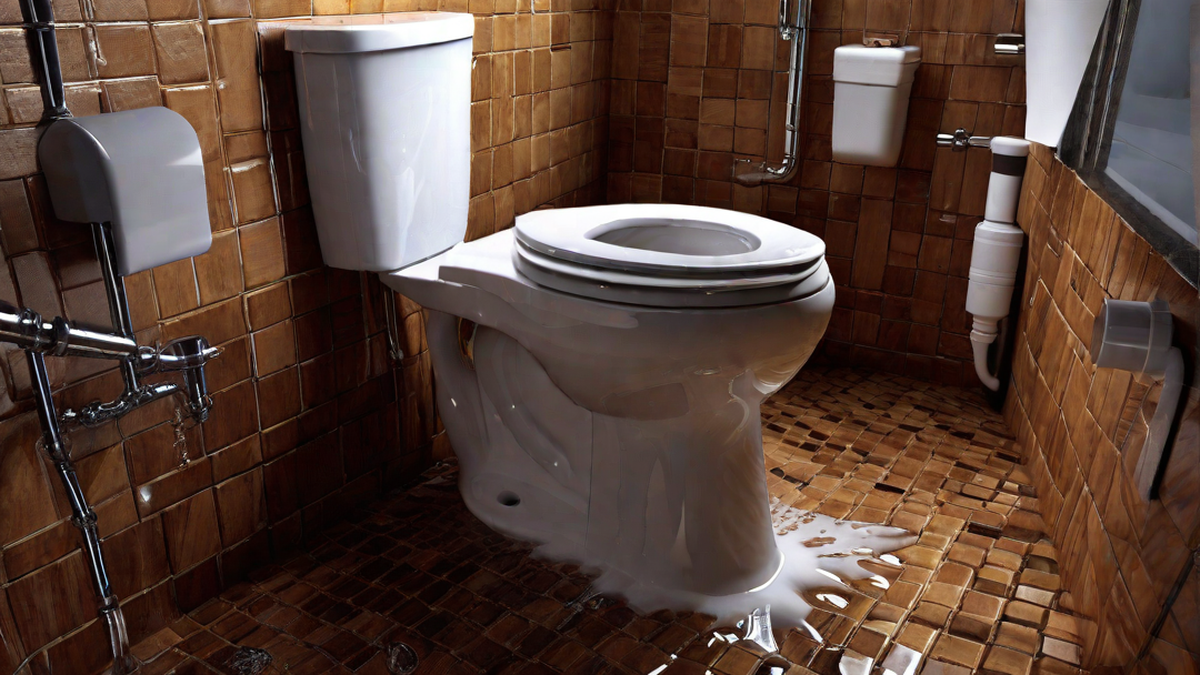Have you ever experienced the anxiety-inducing sound of a running toilet? It’s the type of noise that can keep you up at night, wondering if it will eventually lead to a messy overflow. As someone who has dealt with their fair share of plumbing issues, I understand the frustration and concern that comes with a running toilet. In this article, I will delve deep into the topic and answer the burning question: Will a running toilet overflow?
Before we dive into the specifics, let’s first understand what a running toilet actually is. A running toilet occurs when water continues to flow into the toilet bowl, even when it is not being flushed. This constant flow of water can lead to a variety of problems, including wasted water and potentially a higher water bill. But the question remains – will it overflow?
The short answer is, it depends. There are a few factors that come into play when determining whether a running toilet will overflow. The first factor is the water level in the tank. If the water level is too high, it increases the risk of overflow. The second factor is the rate at which water is flowing into the bowl. If the flow rate is too high, it can overwhelm the toilet bowl and cause it to overflow.
Now, let’s take a closer look at each of these factors. The water level in the tank is controlled by the fill valve, which is located inside the tank. This valve regulates the amount of water that enters the tank after each flush. If the fill valve is not functioning properly, it may allow too much water to enter the tank, resulting in a high water level. When this happens, any additional water from the running toilet can easily push the water level over the edge and cause an overflow.
The rate at which water flows into the toilet bowl is determined by the flush valve and the refill tube. The flush valve is responsible for releasing water from the tank into the bowl during a flush. If the flush valve is not closing properly, it can allow water to continuously flow into the bowl, causing a running toilet. Similarly, the refill tube replenishes the water in the bowl after a flush. If the refill tube is not securely attached or is blocked, it can lead to a constant flow of water into the bowl.
So, how can you prevent a running toilet from overflowing? The first step is to check the water level in the tank. Ideally, the water level should be about an inch below the overflow pipe. If it is too high, you can adjust the fill valve to lower the water level. Additionally, make sure that the flush valve and refill tube are functioning properly. If you notice any leaks or blockages, it may be necessary to replace these components.
In conclusion, a running toilet does have the potential to overflow, especially if the water level in the tank is too high or if there are issues with the flush valve and refill tube. However, with regular maintenance and timely repairs, you can prevent a running toilet from turning into a messy overflow. Remember to keep an eye on the water level in the tank and address any plumbing issues promptly. By doing so, you can avoid the stress and inconvenience of an overflowing toilet.

